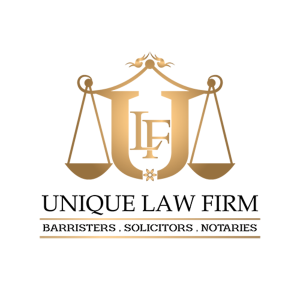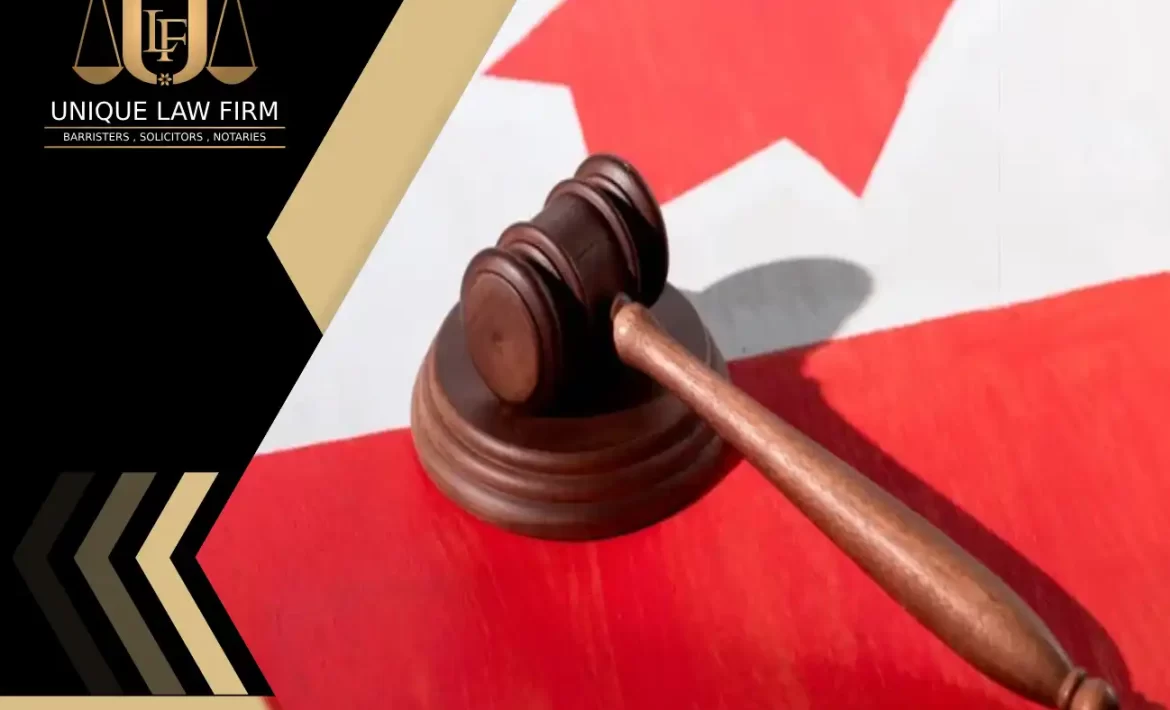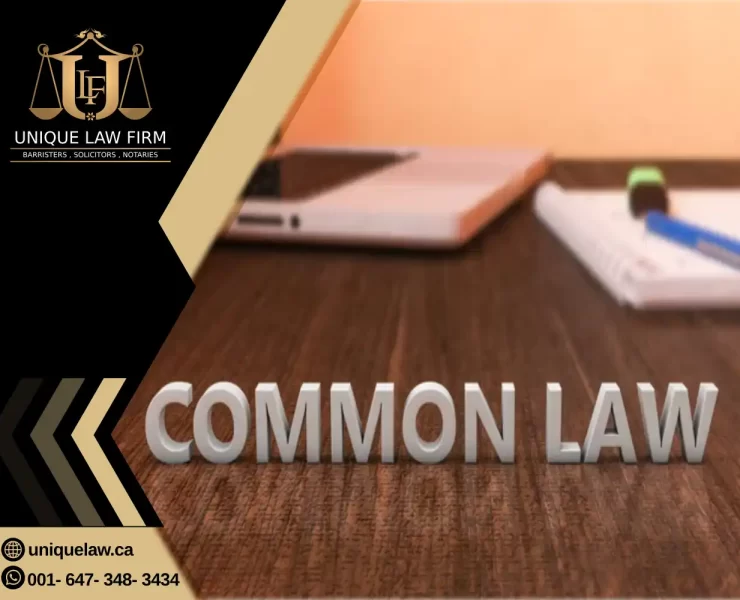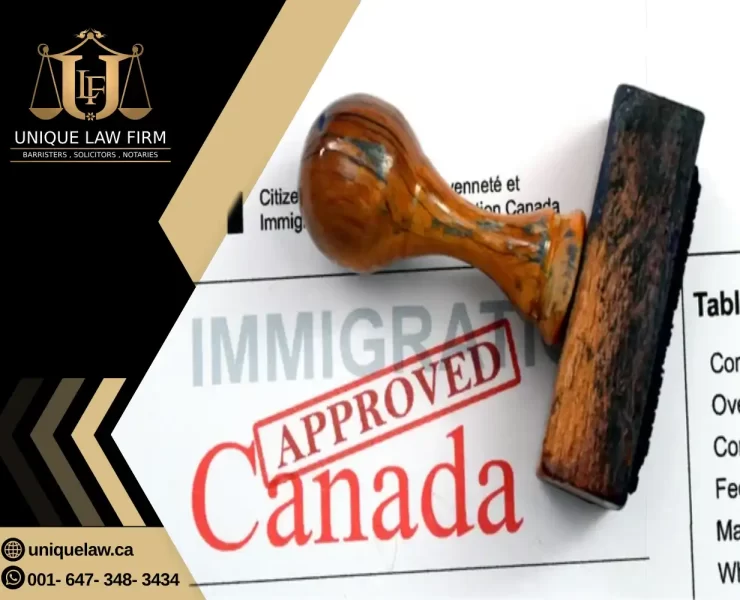Criminal Procedure
Criminal procedure is a fundamental yet distinct component of criminal law in Canada. Unlike the substantive criminal law, which defines what constitutes a criminal offense and prescribes punishments, criminal procedure focuses on the processes by which criminal prosecutions are initiated, conducted, terminated, and appealed. It encompasses a set of rules that govern the administration of substantive law, ensuring that legal proceedings are fair and just. The primary goal of criminal procedure is to uphold a balanced approach that reflects Canadian values, safeguarding both societal protection and individual freedoms.
The scope of criminal procedure extends well beyond the courtroom, beginning with the investigation of a crime. Detailed legal frameworks, including provisions in the Criminal Code and common law, regulate how law enforcement may conduct investigations. These procedural rules dictate the methods and circumstances under which police can interrogate witnesses or suspects, perform searches, make arrests, seize evidence, and employ wiretaps. Following the investigation, criminal procedure outlines the steps for laying charges, obtaining bail, and determining the appropriate court for trial.
The formal legal process is initiated by the swearing of an Information, commonly referred to as a charge, before a justice of the peace or magistrate, often a provincial court judge. An Information is a formal accusation made by a citizen, typically a police officer, asserting that reasonable and probable grounds exist to believe that the accused has committed a criminal offense.
In Canada, criminal offenses are categorized as either indictable (the more serious) or summary conviction (the less serious). Certain offenses, known as hybrid offenses, can be prosecuted at the discretion of the Crown either by indictment or by summary conviction. Summary conviction offenses are typically adjudicated by a magistrate or a justice of the peace and generally carry a maximum penalty of $2,000 or six months of imprisonment. The proceedings for summary conviction offenses are subject to a limitation period of six months from the date the offense was committed.
The procedural handling of indictable offenses is more complex and can differ across provinces. The Criminal Code specifies the appropriate court for trial depending on the nature of the indictable offense—this could be before a magistrate, a high-court judge (such as those in the County Court, District Court, Supreme Court, or Queen’s Bench, who are appointed by the federal government), or a high court with a jury. In cases where the trial will be conducted before a high-court judge or a judge and jury, the accused generally has the right to a preliminary hearing. The Criminal Code outlines several procedural rules governing the conduct of preliminary hearings and the rights of the accused during this phase of the criminal process.
During a preliminary hearing, which is presided over by a magistrate, the Crown prosecutor presents the witnesses who will testify at the trial. The defense counsel is permitted to cross-examine these witnesses. While the public may attend, media reporting on the evidence presented is often restricted. The purpose of the preliminary hearing is not to determine the guilt or innocence of the accused, but rather to assess whether there is sufficient evidence to warrant a trial. If sufficient evidence is found, the magistrate will order the accused to stand trial in a higher court.
There is no statute of limitations for charging an individual with an indictable offense in Canada. However, the Canadian Charter of Rights and Freedoms mandates that once an individual is charged, they must be brought to trial within a reasonable time frame. The Criminal Code prescribes the maximum penalties for each indictable offense, which vary depending on the nature of the crime.
An accused individual, whether charged with a summary conviction offence or an indictable offence, must ultimately declare in open court whether they plead guilty or not guilty. If the plea is not guilty, the case advances to trial; if guilty, the case proceeds to sentencing before the judge who accepted the plea. There are several procedural guidelines dictating how guilty pleas can be entered and how a judge may sentence the accused. In all criminal matters, both the accused and the Crown hold statutory rights of appeal concerning the verdict of guilt or innocence, as well as the sentence imposed. Again, numerous procedural rules govern the appeals process.
Read more: Refugee Process in Canada uniquelaw
Various theories exist on how best to balance crime control with the protection of individual rights. In Canada, England, and the United States, the legal system operates under an adversarial or accusatorial model, as opposed to the inquisitorial system used in France and other European nations. Canadian procedural rules are thus designed to support the adversarial system, where the legal process is a contest between the state (or Crown) and the defendant.
The parties present their case before an impartial arbitrator, either a judge or jury, who decides the accused’s guilt or innocence. Both parties are responsible for gathering and presenting evidence, while the arbitrator plays a relatively passive role, maintaining independence and impartiality, and ensuring procedural rules are followed. In contrast, in an inquisitorial system, the judge actively investigates and establishes the facts, with the parties playing a more limited role in protecting their interests during the trial.
The adversarial system and its procedural rules tend to favour the accused more than the inquisitorial system. The Crown typically bears the burden of proving the accused’s guilt, who is presumed innocent until proven guilty beyond a reasonable doubt. The accused is not obligated to provide evidence, and if the Crown fails to prove its case, the court must acquit the accused.
Even if the accused chooses not to testify or call witnesses, they remain actively involved in the trial through the cross-examination of Crown witnesses. This contrasts with the inquisitorial system, where the accused is usually subject to extensive questioning without choice and otherwise plays a passive role in the process.
Nonetheless, certain principles are shared between both systems, such as the requirement for public trials, decisions based on evidence presented in open court, and the presumption of innocence until proven guilty. However, while both systems adhere to these fundamental principles, their application differs.















